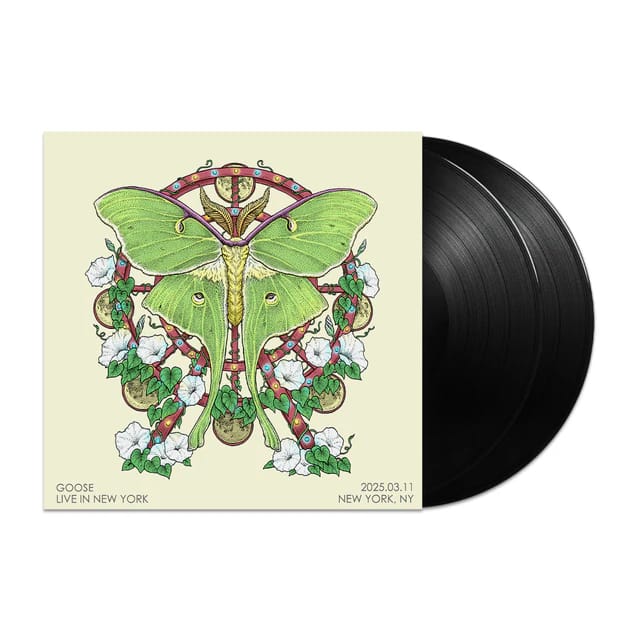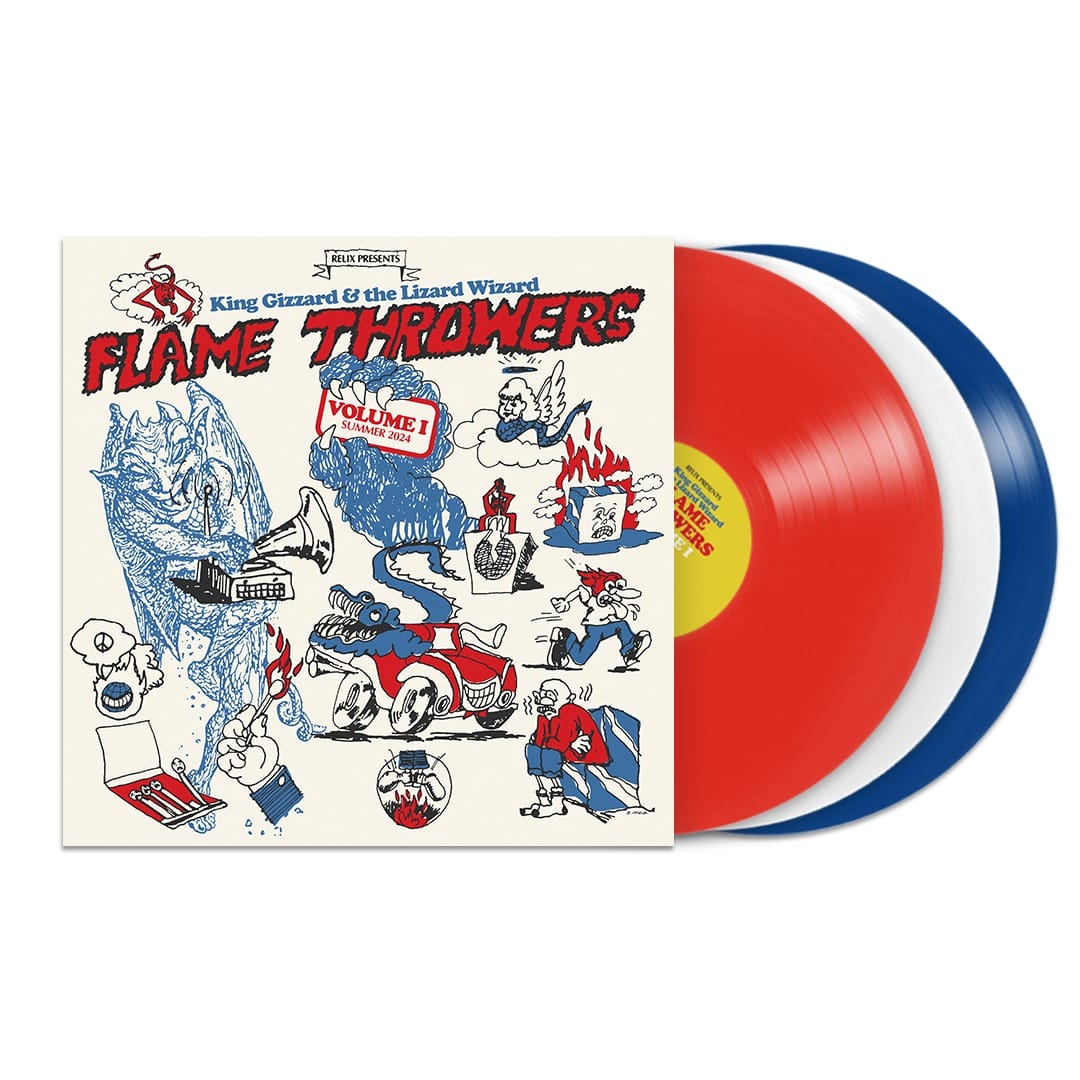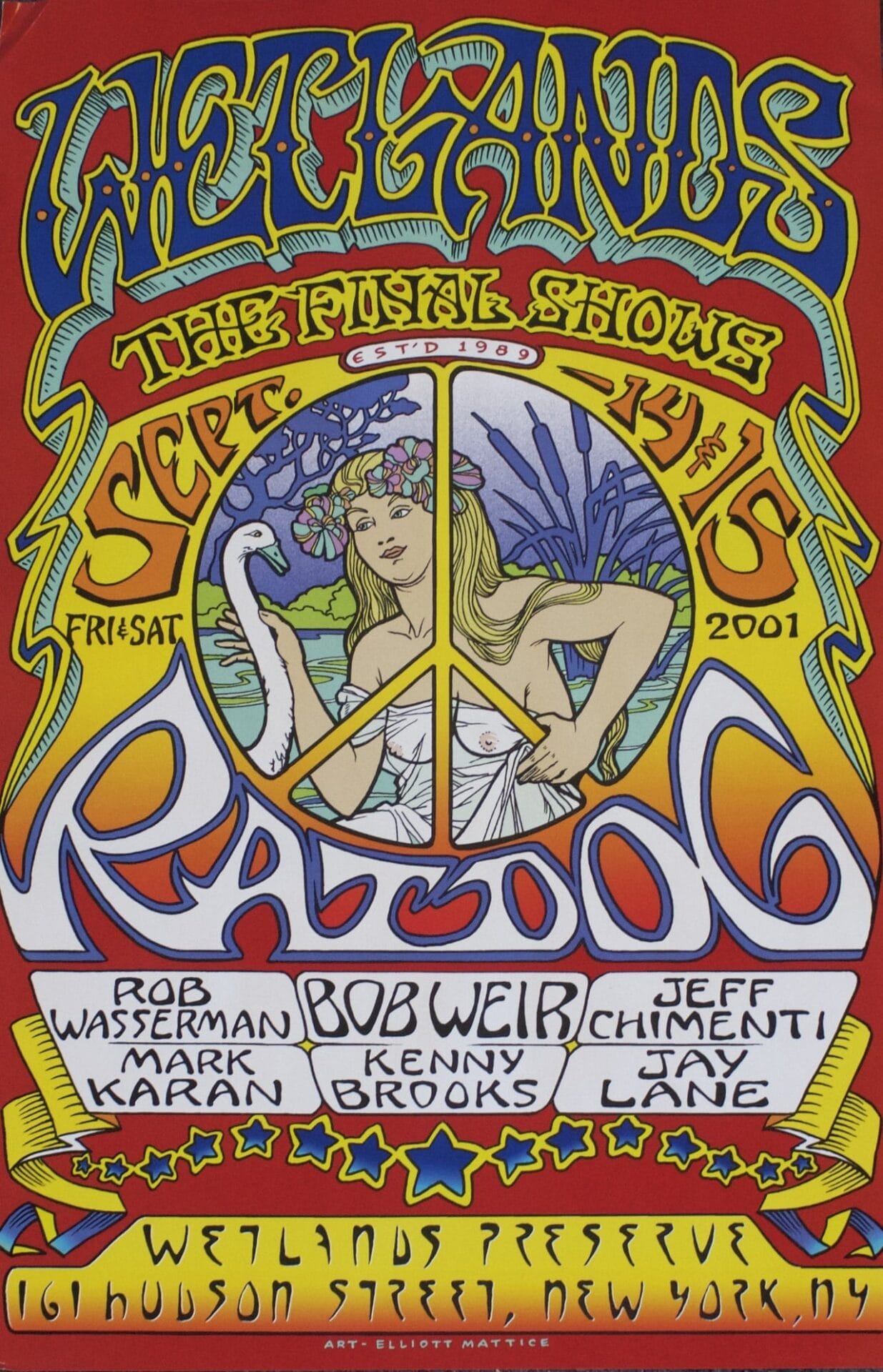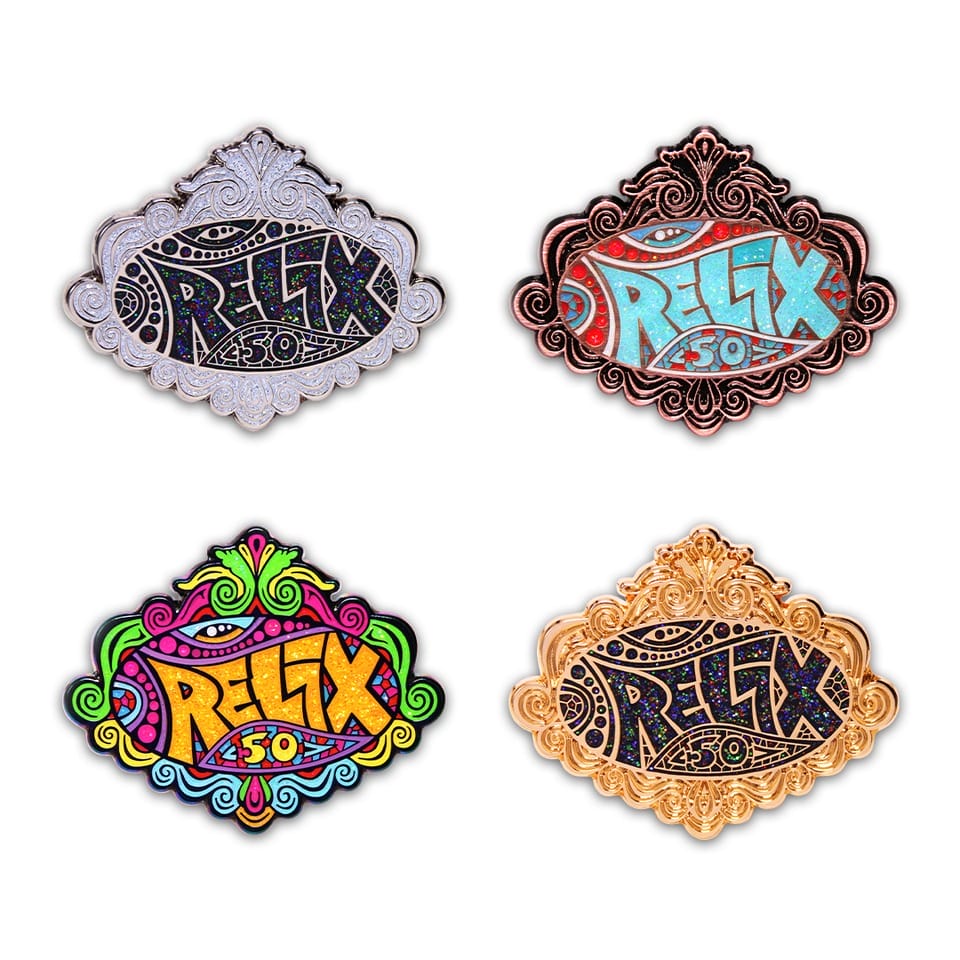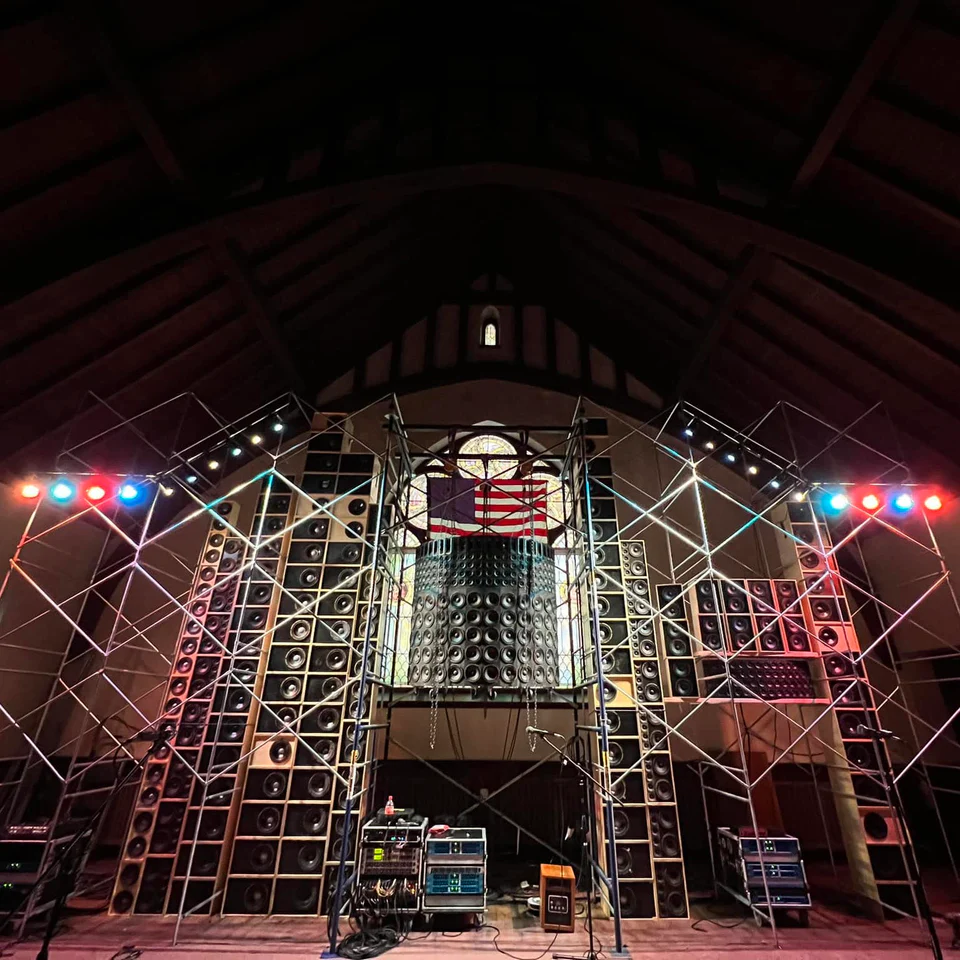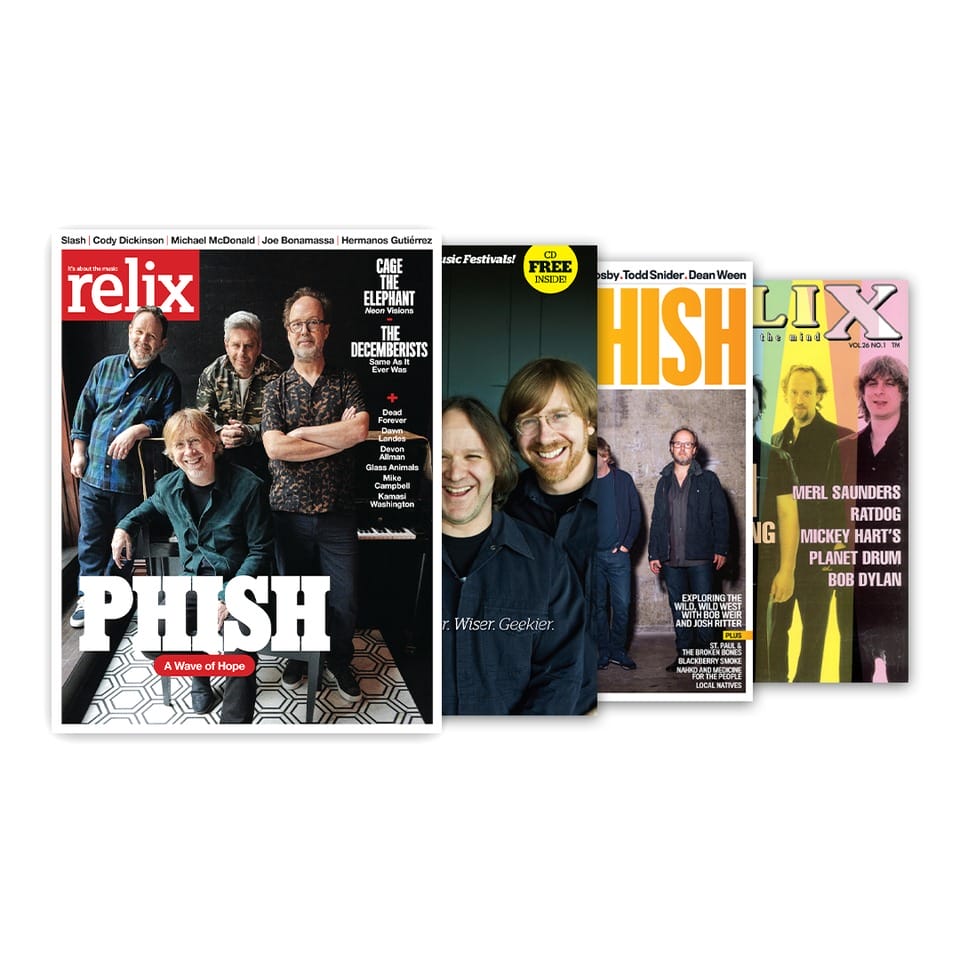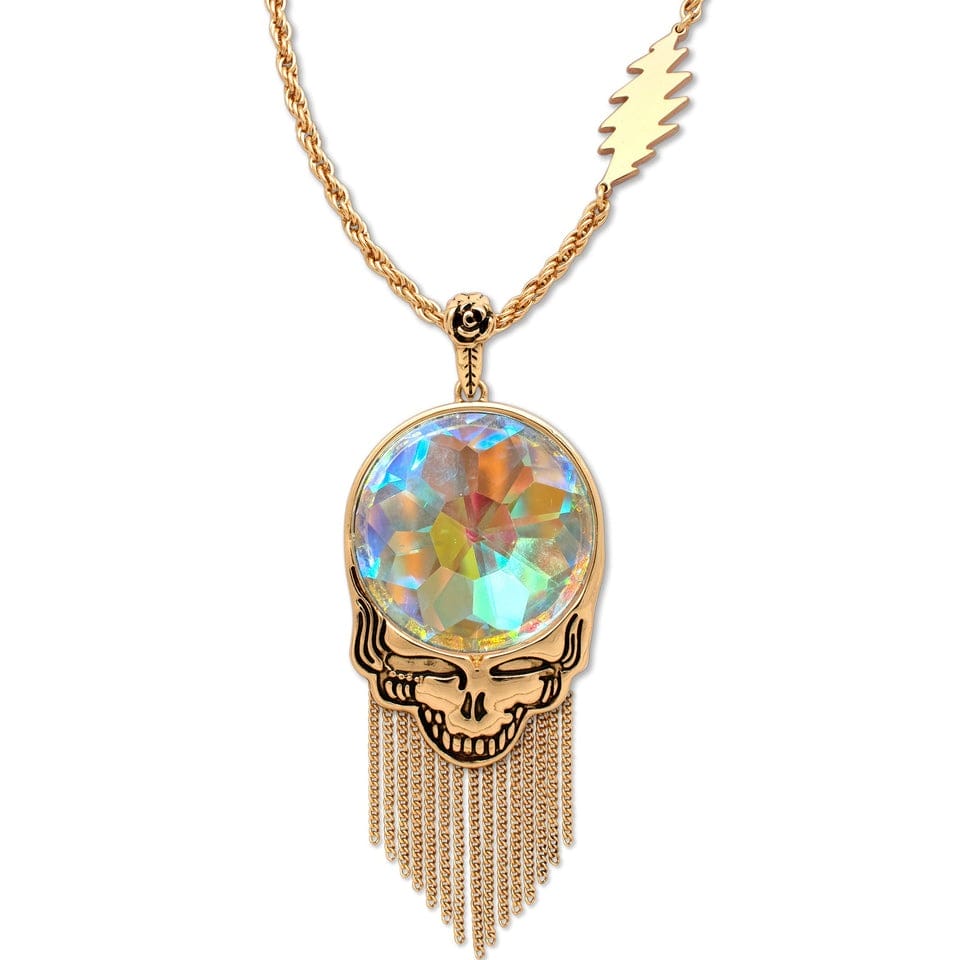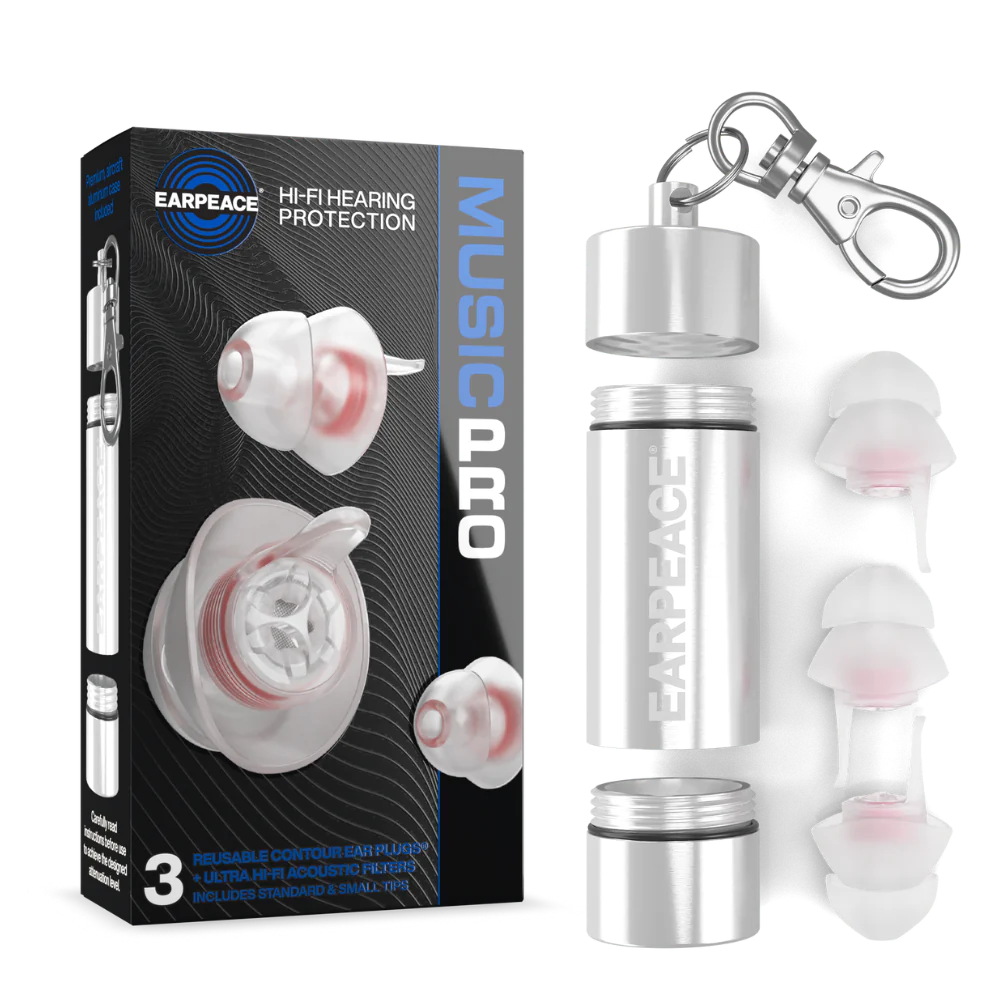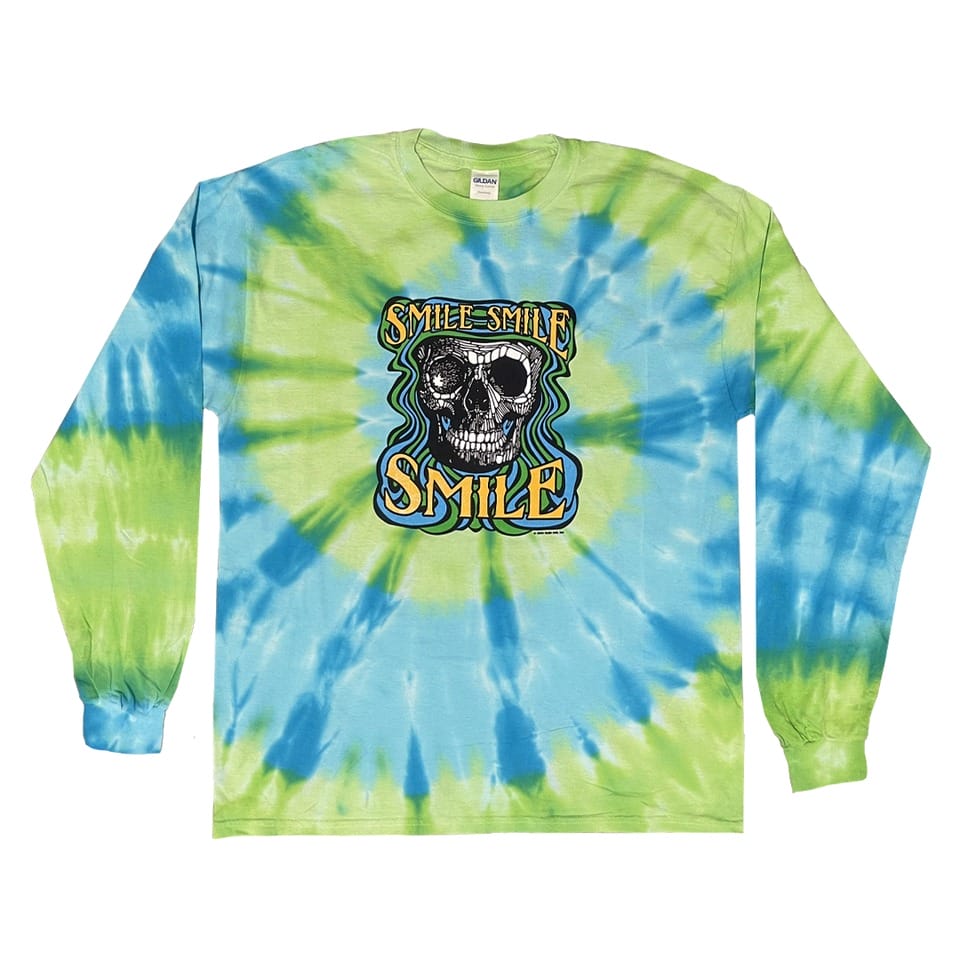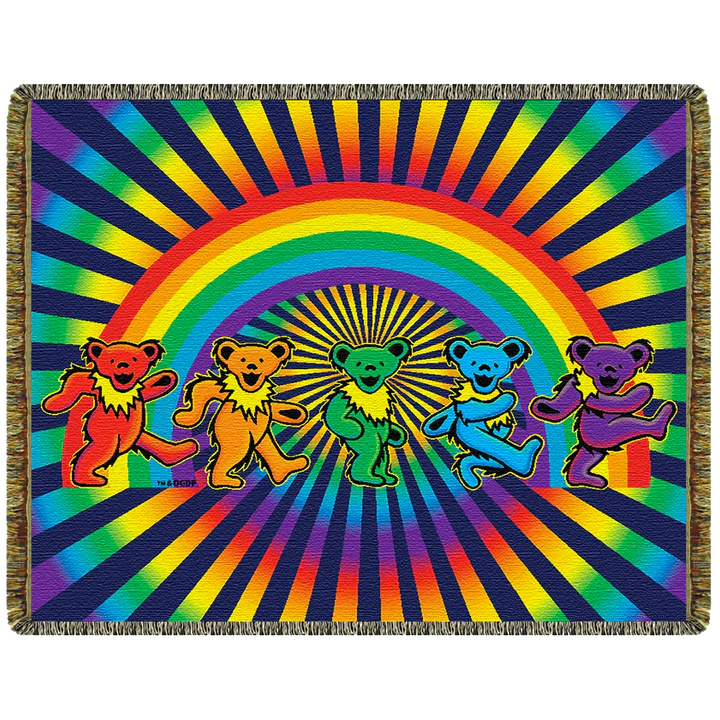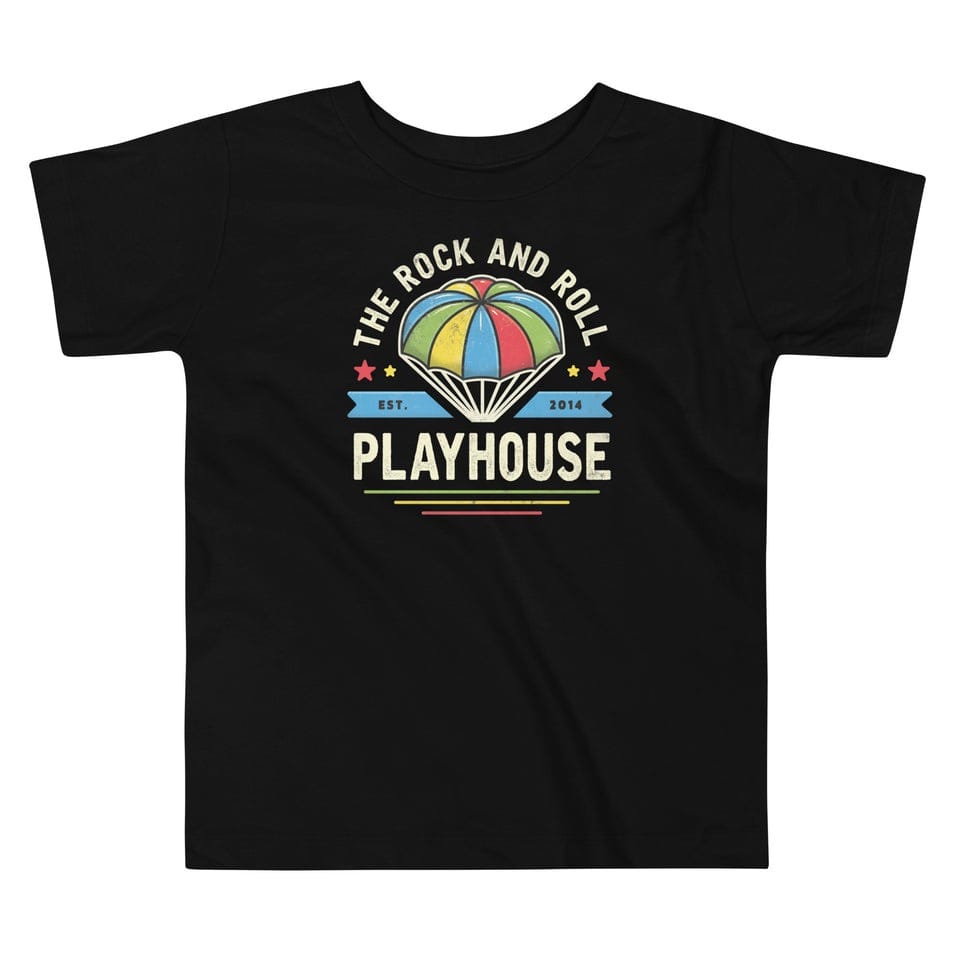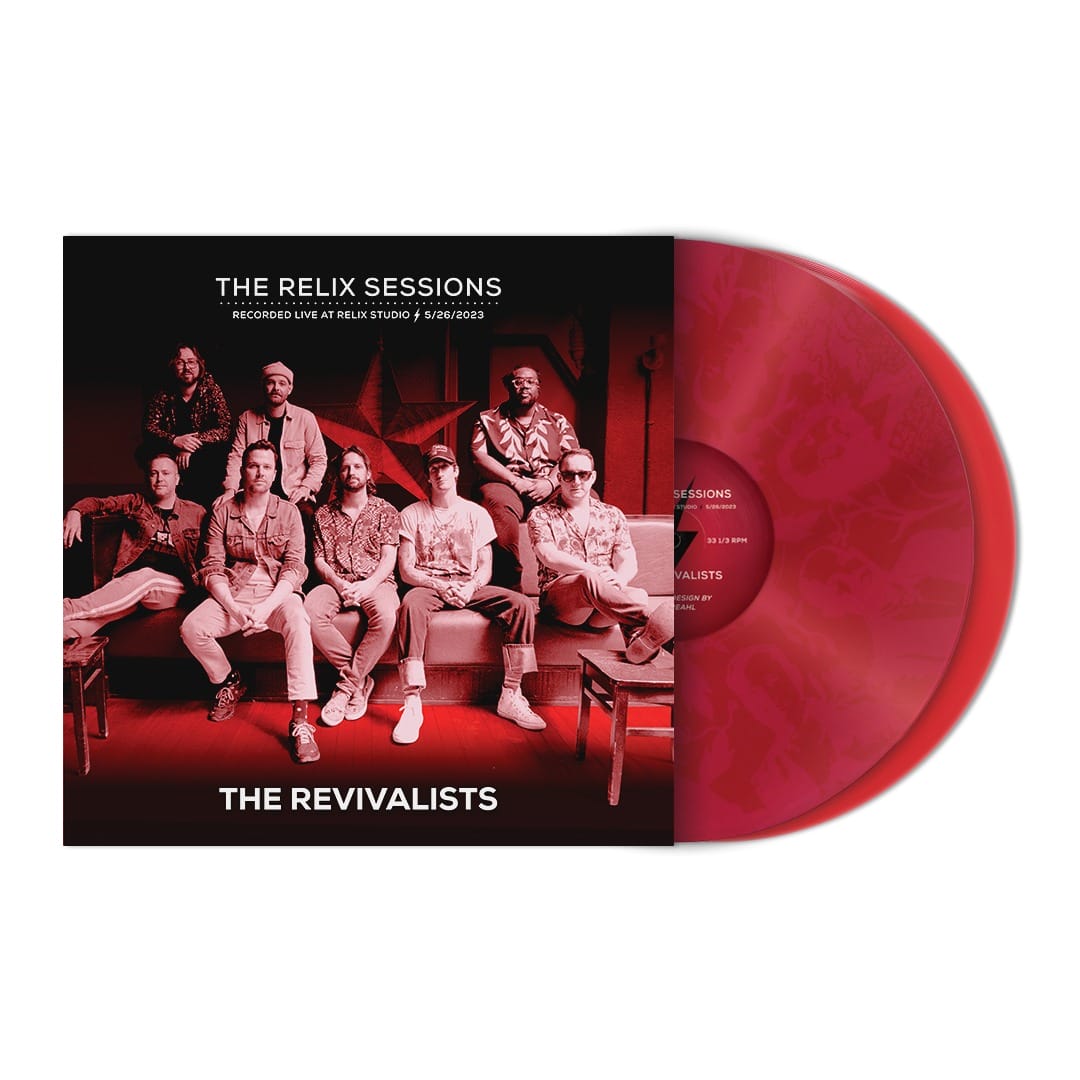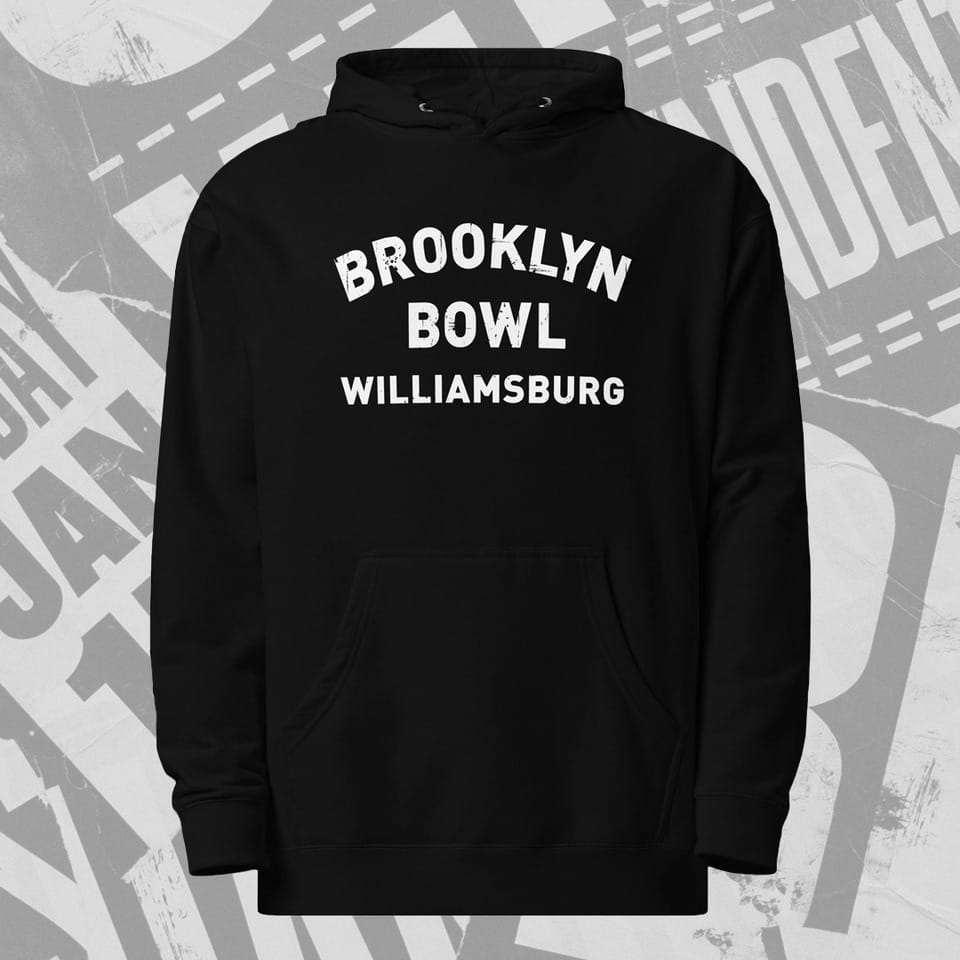Guns N’ Roses at AT&T Park
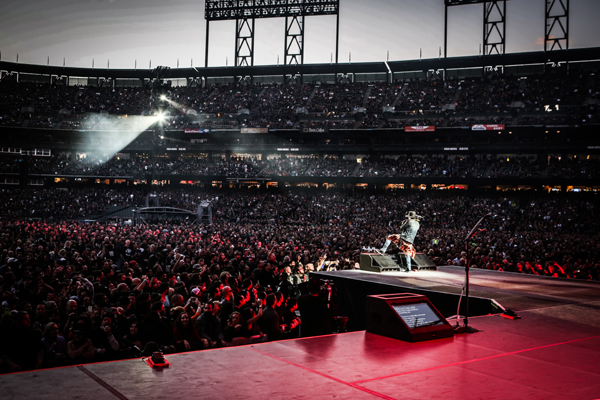
Guns N’ Roses
AT&T Park
San Francisco, Calif.
August 9
The reunion this year of (much of) the original lineup of the 80s hard rock band Guns N’ Roses has been a long time coming. Twenty-three years.
The band dissolved in acrimony in the years following the release of their mammoth two album set Use Your Illusion I and II in 1991. Rhythm guitarist Izzy Stradlin bailed during the corresponding two-year tour. GN’R released an album of inspired covers, The Spaghetti Incident, in 1993. Then, whatever forces had continued to bind singer Axl Rose, guitarist Saul “Slash” Hudson, and Bassist Duff McKagan together dissipated due to differences creative and personal.
As the 1980s became the 1990s, Guns N’ Roses were the biggest rock band in the world.
They were infamous for taking the stage hours late, occasionally causing riots, with the problems generally attributed to lead singer Axl Rose’s idiosyncrasies. Their live gigs were blistering and kinetic, with the musicians running back and forth across an elaborate stage and up and off of ramps with pyrotechnics exploding behind them, all while playing at full power. The last of the Tyrannosaurs, before the grunge scene deflated Big Rock with punk derision.
On the surface, Guns N’ Roses had seemed like your standard hair metal outfit, of a league with Motley Crüe, Poison, and any number of Los Angeles glam bands that dominated MTV in the late 80s. But beneath the bouffants boiled a rich, ferocious, and deeply-influenced rock and roll that was utterly sincere. Rose was a belter, his vocals ranging from a menacing growl to a high-pitched wail that broke to a distinctive, coarse-textured shriek, unlike anything you’d ever heard. Slash was the last of the guitar heroes – much more a classic rock guitar god than a metal shredder. His tone was meaty, his leads melodic and infectious. One guitar mag interviewer compared his Les Paul’s sound to that of Duane Allman and Dickey Betts. But a lot of the band’s roll and soul emanated from Stradlin’s Stones-inflected rhythm playing and the slack rhythms of drummer Steven Adler.
The band’s debut album Appetite For Destruction (1987) was a monster, a tear through song after song of blazing hard rock. It’s among the finest in rock history. They were playing in a hard rock idiom, but their sound, aesthetic, and approach were more in line with their 1960s and 70s forebears than with the tropes of 80s metal. They followed Appetite in 1988 with Lies – half repurposed live cuts from an earlier EP, and half earthy acoustic songs. In the video for the acoustic ballad “Patience,” the band shed the hairspray, and took on the appearance of a good ol’ fashioned rock and roll band, trading spandex for blue jeans and conga drums. Then Adler was booted from the band as the members tried collectively to shake “Mr. Brownstone” – heroin – and to ramp up to a more expansive record and live show, with keyboards and power ballads and cinematic visual production.
Use Your Illusion was a shot at making an Exile in Main Street – a huge collection of songs in a wide range of big rock modes. They were positioning themselves as a younger and harder-edged American Rolling Stones. If Use Your Illusion I was fire, with slide guitars, blues flavors, and red and yellow cover art cribbed from a Raphael painting, Use Your Illusion II was ice, the songs bearing colder, more machinelike flavors; it was sold separately, but bore the same cover art in purple and blue.
As the band’s show and the endless complications and inner dynamics became more unwieldy, Stradlin bailed. The other members reportedly signed the name over to Rose as he seized creative control. They released The Spaghetti Incident?, an album of inspired covers, mostly punk rock tunes recorded during the Use Your Illusion sessions. But the Axl-Slash-Duff lineup never again returned to the studio – or the stage.
Rose disappeared into the studio for over ten years to make what would be a follow-up to Use Your Illusion. When the album’s title – Chinese Democracy – came to light in the late 90s, it sounded like a wry joke – as in, something that’s never going to happen. But the album came out abruptly in 2008, and Rose toured with an ever-shifting lineup that included keyboardist Dizzy Reed from the Use Your Illusion period, and bassist Tommy Stinson of the Replacements (get it?). It was effectively Hired Guns N’ Rose. At one point, Buckethead was the lead guitarist. It felt like a dig, a cartoon spoof of Slash in his top hat. Rose seemed to be needling his old mates with a facsimile version, the same way he’d taken the stage after Stradlin’s departure with handmade sign that read “WHERE’S IZZY?”
Once David Lee Roth returned to front Van Halen in 2007, a Guns N’ Roses reunion had to happen. The impossible was possible, the money and the thrill of filling arenas electromagnetic enough to bring together guys who hated each other long enough to mount a full blown rock tour. Moreover, you’d hear sporadic reports that Stradlin had sat in with Rose somewhere, or that Rose and Slash were on speaking terms. Slash and McKagan had been recording and touring together in Velvet Revolver, with Stone Temple Pilots singer Scott Weiland up front. You could feel it burbling below the surface – a Sauron, a Voldemort, waiting for conditions to be just right to re-form and rise again to take over the world. And so, in this year of Donald Trump, the band whose song “One In A Million” projected, in starkly honest terms, the rage of the “small town white boy,” finally rematerialized – having apparently finally shed it.
The reunion began in early spring with a gig at The Troubadour in L.A., where the band’s career had begun. Rose promptly leapt into the pit and broke his foot. Here, immediately, was that old chaos. But rather than cancelling shows, they played two nights in Vegas, and two headlining sets at Coachella. Rose sang seated, with his foot up, from a throne of guitars on loan from the Foo Fighters’ Dave Grohl. Then, to warm his vocal cords to the task, Rose toured as the lead singer in AC/DC. In videos from earlier this year, he didn’t seem to have his full range – likely because he couldn’t stand up and fully inflate his lungs. But he was having a good time.
In San Francisco, Guns N’ Roses were nearing the end of the tour, a triumphant return to California after reconquering the U.S. stadium circuit. (An ebullient Adler had even sat in on drums, twice, in Cincinnati and Nashville.)
They came out blazing – and on time, if not a few minutes early – with “It’s So Easy” and “Mr. Brownstone” from Appetite. Rockets and flames flared up from the stage from the get-go, timed to punctuate the music. Rose gave the crowd a bit of his signature swaying snake dance.
Because they hadn’t been seen in this form in 23 years, the band appeared as if from out of a time warp. It takes some getting used to, to see these guys as middle aged men, when you had last seen them as sinuous aerobats, running and leaping and shirtless, Rose slithering in his girlish androgyny. Now Rose is a beefy full-grown man. You notice the flesh under Slash’s chin rather than the pooched-out lips of his youth. Of the three, McKagan seems the most exactly like his younger self, having aged in a vampiric Bowie timelessness. Rose and Slash were wearing costumes that could have been in cold storage for all these years, playing the roles of the young men they were, what still seems like yesterday. Even then, these guys were so much larger than life, they were almost like cartoon characters, surreal to see in the flesh. And here they were, with all their tattoos right where you remembered them, if a little blurred, and ragged with age. The music felt incongruous coming out of them. The overall effect was disorienting. You didn’t know what to make of it.
It was for certain the Axl, Slash, and Duff show. But that was the point.
The other band members felt there mostly to back them up – keyboardist Dizzy Reed, who had joined GN’R on Use Your Illusion and remained since; a second keyboardist, Melissa Reese, who looked like a purple-haired anime character, adding some synth and backing vocals; guitarist Richard Fortus playing the Izzy role and taking some fine solos; and drummer Frank Ferrer, who, like Fortus, had joined during the Chinese Democracy period.
The set seemed to evolve as the band had – with the hot, tight hard rock up front before the sun set, blasting out of the cannon song after song.
Rose was visibly full of joy as he screamed into “Welcome to the Jungle” – and all night. On “Double Talkin’ Jive,” from Use Your Illusion I, Slash took to the Les Paul to solo on an opened-up metal-blues jam, spinning in circles, hopping on one foot in his old black leather Chuck Taylors. The guitarists prowled the stage in classic form, moving to the wings in front of the giant screens to solo, or up the stairs that led to the riser where the keyboardists and the drummer Ferrer were perched, or across a lit bridge that flew higher still behind them. Rose frequently stormed the front of the stage to leap atop a bank of monitors.
Rose’s vocals were in fine form. Occasionally, he’d use a falsetto that felt a bit thin, not quite there. He was at his best when rising up from his lower-registered growl into his full-throated brass blare – for instance, hitting the high final note on the reggae bridge in Wings’ “Live and Let Die,” then adding another scream because, clearly, it felt so goddamn good.
The band took a few songs out into improvisational space. “Rocket Queen” was a funk jam, with McKagan coming out front and center to punch out that distinctive bass line (though his bass tone here lacked bottom). Fortus soloed on a white archtop. Then Slash took the lead, playing through a vocoder. They did “You Could Be Mine” and Glenn Danzig’s (with The Misfits) “Attitude,” which McKagan sang.
As the sky darkened and the lightshow came up, the songs gained power and complexity and girth. The guitars got sufficiently louder. A baseball park is not the ideal venue for a rock concert, especially when the diamond is left a giant void in the middle of the crowd. But the crew dialed it in across the night and the sound grew into the space.
“Coma,” from Use Your Illusion I, was an unexpected treat mined from the catalog – and in this context, the song, told from the point of view of someone unconscious (with love the cause), felt like the voice of the band itself rising from its decades-long hibernation.
Rose made plenty of costume changes, through various T-shirts, a succession of custom motorcycle jackets, and cowboy hats black and white – as well as that old wide-wrapped red bandanna. In lieu of a proper kilt, he wore a flannel shirt tied around his waist. But where in years past, Rose would take time to bash a departed band member or scuffle with a camera-toting fan, tonight there was almost no onstage banter – only leaked in-ear chitchat and obligatory shouts out to the city. Maybe it was contractual.
Slash took an extended solo that became the theme from The Godfather – a showcase for his prowess and old school sensibility, with the guitarist aping the mandolin’s trill. That led into “Sweet Child O’ Mine” – and the show began to come to crescendo.
Slash and Fortus mounted the bridge with acoustic guitars for an instrumental jam on Pink Floyd’s “Wish You Were Here” – a distraction that allowed the crew to wheel the grand piano onto a darkened stage. They took it into the instrumental outro from Derek and the Dominos’ “Layla,” with Rose joining on the grand.
It was all a ruse to set the stage for the epic ballad “November Rain,” during which, in an only-in-San Francisco synchrony, a wind picked up out of nowhere and blew through the ballpark. As in the video. Though, Slash deigned to mount the piano for his solo.
Rose exhorted the crowd to sing in call and response on Dylan’s “Knockin’ on Heaven’s Door” – and, finally, ran back and forth across the stage, his body seemingly as limber as a doe’s.
They did “Night Train,” then took maybe a one minute break before returning for “Patience,” with McKagan and Fortus on acoustic guitars. They played The Who’s “The Seeker” – and closed big with “Paradise City,” with confetti blasting out of cannons over the pit, fireworks shooting off above the stage, and the three principals coming together front and center.
In the end, Rose threw up his two fists in Vs for victory, and stood there, posing for ten thousand Instagrams as the rockets flared – and the full band came forward for a bow.
Though it was the end of the tour, and they were tight and on, and comfortable enough to stretch ’em out into a few long jams, Rose, Slash, and McKagan seemed to be re-growing into, or maybe through, the roles they’d played 23 years earlier. Certainly as Rose, fresh off his months-long injury, continues to get back into fighting shape, his kinetic stage presence will come back into what power a 50-something man can muster. If Tuesday’s gig was any indication, he will continue to muster it. For precedent, see Iggy Pop.
But where the Guns N’ Roses of the 80s and 90s were fueled by rage – at the world, and then increasingly at each other – this iteration appeared to be running on joy, on how good it must feel to play these songs together again in front of so many people.
It takes some of the bite out of this music with Axl Rose beaming and contented rather than writhing and restless and spitting venom. That’s fine. They don’t need to play exactly the same roles they did as hungry twenty-somethings riding the rocket.
What those roles will be, they’ll have to figure out as they – if they – keep it together, and continue to tour, and write together again, and make a record. Though the enormity of stadiums seems to drive them, it would be nice to see them in arenas, where they could really fill every void and be charged by those chambered soundwaves feeding back, rather than loosed to the sky. It’s not unthinkable that Adler and Stradlin could return.
A 2017 or 2018 Guns N’ Roses record may not feel as immediately vital as Appetite for Destruction. But it could pulse with whoever they would be together now, with decades of playing and hard-won experience the animating force. It remains to be seen whether they have something to say.
Guns N’ Roses have begun to become an organism again.
Their next trick will be to evolve.



